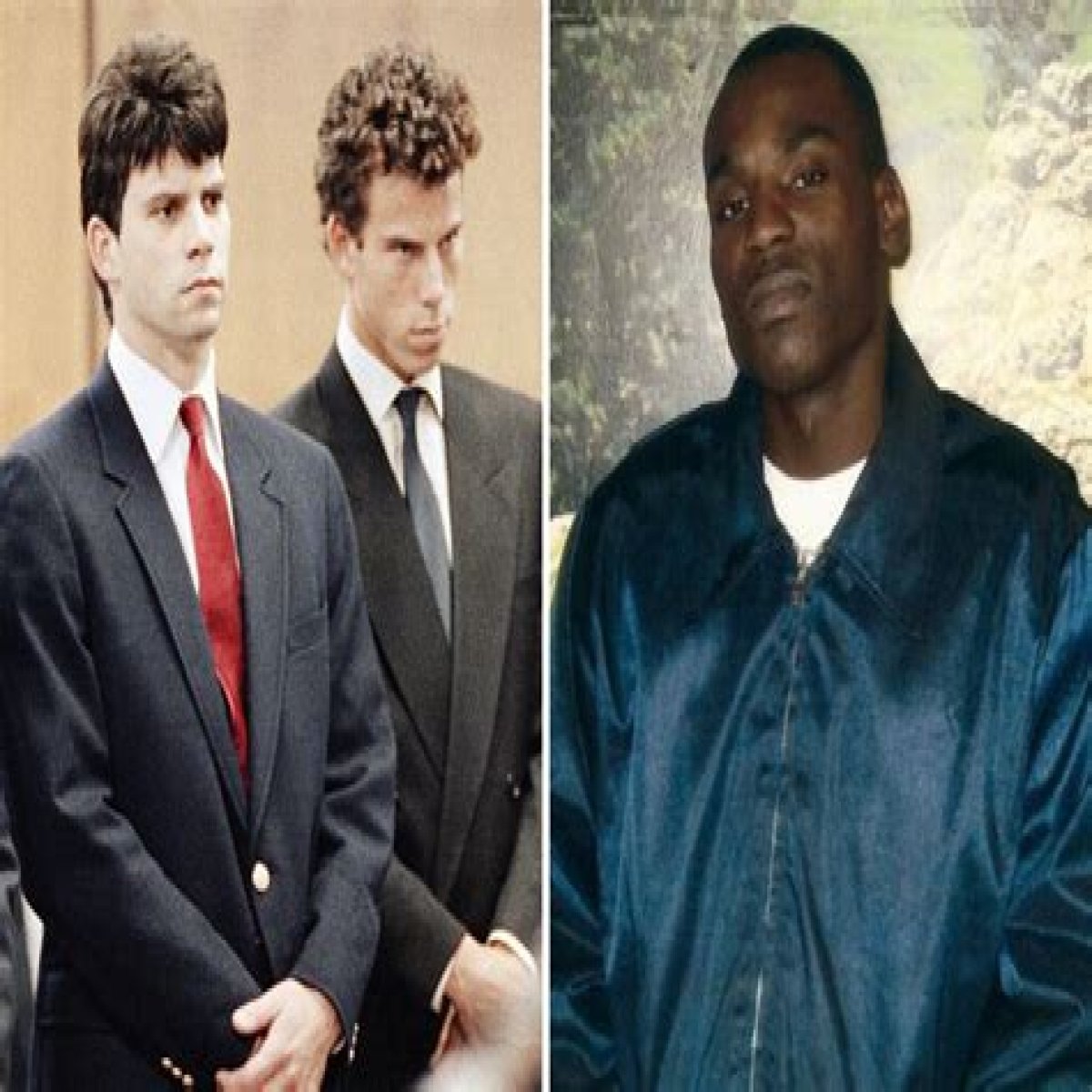Crime scene photos play a crucial role in criminal investigations, serving as vital pieces of evidence that can influence the outcome of a case. These images capture the state of a crime scene at a specific moment in time, providing invaluable insights to detectives, forensic experts, and legal professionals. In this article, we will explore the significance of crime scene photography, the techniques used in capturing these images, and the ethical implications surrounding their use.
As we delve into the world of crime scene photos, we will also discuss the various types of images taken, their purposes, and the technology that has revolutionized this field. Additionally, we will highlight some notable cases where crime scene photos played a pivotal role in solving crimes and delivering justice. By the end of this article, you will have a comprehensive understanding of why these photographs matter and how they contribute to the larger narrative of crime and justice.
Whether you are a criminal justice student, a professional in the field, or simply someone interested in the intricacies of crime scene investigations, this article aims to provide you with expert insights and authoritative information on the topic of crime scene photos.
Table of Contents
What Are Crime Scene Photos?
Crime scene photos are images taken at a location where a crime has occurred. These photographs document the scene's condition, layout, and any evidence present. The primary purpose of these photos is to provide a visual record that can assist law enforcement, forensic teams, and legal professionals in understanding the events surrounding the crime.
Importance of Crime Scene Photos
The significance of crime scene photos cannot be overstated. Here are some of the key reasons why they are essential:
- Evidence Documentation: Crime scene photos serve as a permanent record of the scene, which can be crucial for investigations and trials.
- Reconstruction of Events: These photographs help detectives reconstruct the sequence of events leading to the crime.
- Visual Impact in Court: Crime scene images can have a powerful impact on juries, helping to convey the gravity of the crime.
- Training and Education: They are also used in training law enforcement and forensic professionals, illustrating best practices and techniques.
Techniques in Crime Scene Photography
Capturing effective crime scene photos requires specific techniques to ensure clarity and accuracy:
- Use of Tripods: Stabilizing the camera prevents blurring and helps maintain focus.
- Natural Lighting: Whenever possible, photographers should utilize natural light to avoid shadows and glare.
- Wide Angles and Close-Ups: A combination of wide-angle shots and close-ups provides a complete view of the scene and important details.
- Scale Indicators: Including a scale (such as a ruler) in photos helps provide context for the size of evidence items.
Types of Crime Scene Photos
Crime scene photography can be categorized into several types:
Overview Photos
Overview photos are taken to capture the entire scene. These images provide context and help viewers understand the layout of the crime scene.
Close-Up Photos
Close-up photos focus on specific pieces of evidence, detailing their condition and position in relation to other elements in the scene.
Evidence Photos
Evidence photos document items that are critical to the investigation, such as weapons, bloodstains, or fingerprints. These images are crucial for forensic analysis.
Ethical Considerations
Crime scene photography raises several ethical concerns, including:
- Respect for Victims: Photographers must approach their work with sensitivity to the victims and their families.
- Privacy Issues: Care should be taken to avoid unnecessary exposure of sensitive information.
- Misuse of Images: There is a risk of crime scene photos being misused or sensationalized in media.
Notable Cases Involving Crime Scene Photos
Throughout history, there have been several high-profile cases where crime scene photos played a critical role:
- O.J. Simpson Trial: Crime scene photos were pivotal in establishing evidence and influencing jury perceptions.
- Jack the Ripper: The crime scene photos from the Ripper's murders remain some of the most studied and controversial images in criminal history.
The Future of Crime Scene Photography
With advancements in technology, the future of crime scene photography looks promising. Innovations such as:
- 3D Scanning: This technology allows for more detailed and interactive reconstructions of crime scenes.
- Drone Photography: Drones can capture aerial views of crime scenes, providing unique perspectives that were previously unavailable.
Conclusion
In conclusion, crime scene photos are vital tools in criminal investigations, serving multiple purposes from documentation to education. Their importance cannot be understated, as they provide crucial evidence that can shape the course of justice. As technology advances, the ways in which we capture and analyze crime scene images will continue to evolve, enhancing our understanding of criminal activity and contributing to more effective law enforcement practices.
We encourage you to leave your thoughts in the comments section below, share this article with others who may find it useful, and explore more of our content for additional insights into the world of crime scene investigations.
Thank you for reading, and we hope to see you back on our site for more engaging and informative articles!
Leaked Dee Dee Blanchard: The Shocking Truth Behind The CaseGypsy Rose's Mother's Murder: A Deep Dive Into The Shocking Photos And EventsExploring The Mystique Of Gypsy Rose: Crimscene Photos And Their Impact On Society
